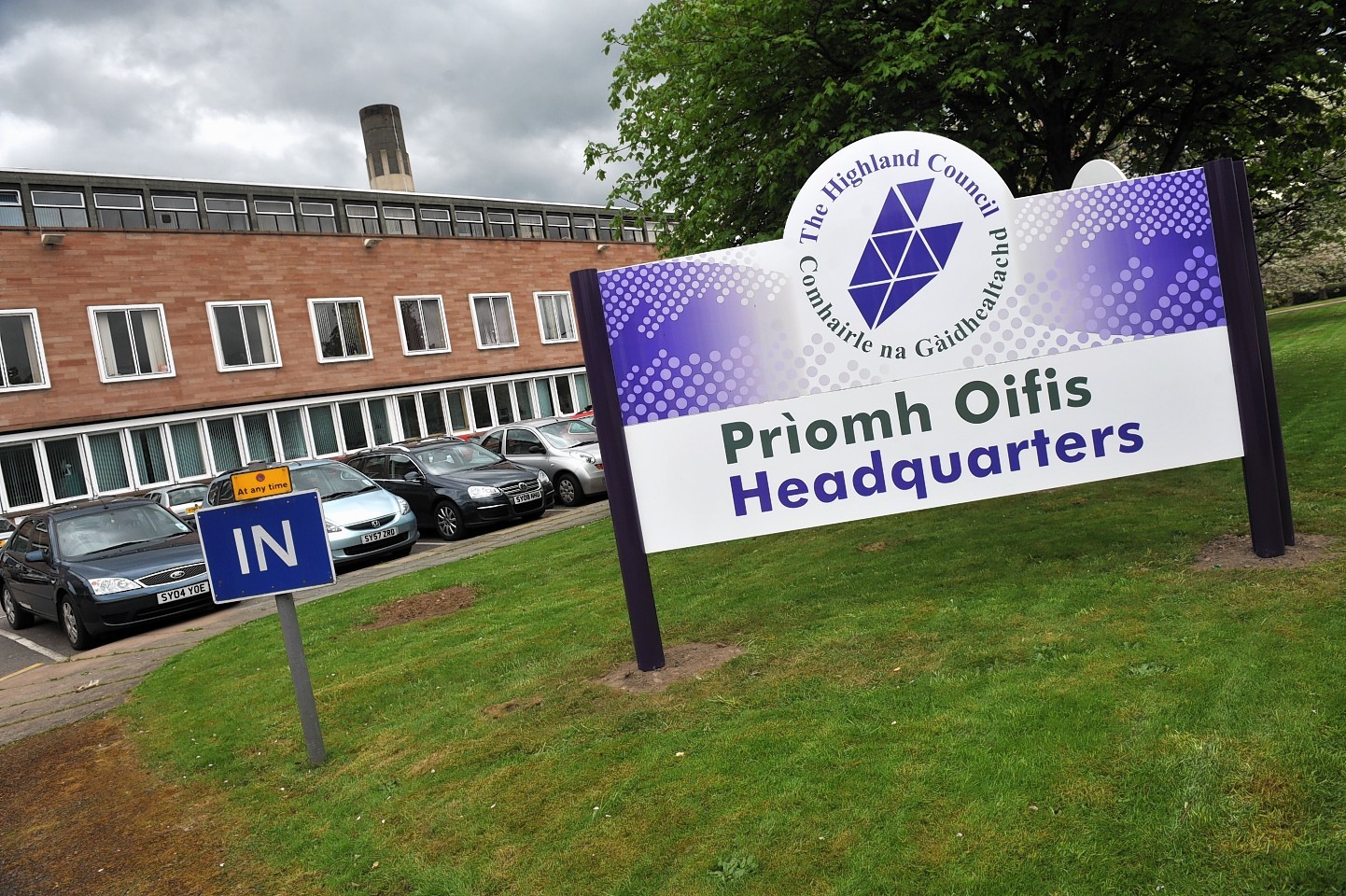The Scottish Government’s push to have communities actively decide how 1% of local authorities’ budget is spent was met with scepticism at yesterday’s Highland Council Ross & Cromarty area meeting in Dingwall.
Known as ‘participatory budgeting’(PB), councils are now required by law to involve the public in decision making about how resources are spent.
Three PB meetings have taken place in the past year in the area – in Dingwall, Tain and Kyle – where community groups and members of the public decided how almost £50,000 of discretionary grants, mainly ward funding, was spent.
Councillors agreed that although the feedback was generally positive, rolling PB out into mainstream budgeting will be challenging.
Councillor Ian Cockburn (Wester Ross, Strathpeffer & Lochalsh) said he was worried about how money would reach deprived areas.
He said: “The problem is that making it a competition it favours the vocal and more educated middle classes who are good at presentations, whereas the most deprived people tend not to be able to do this, so we must find some way for the money to go to them.”
Mr Cockburn also challenged why the money for PB came out of ward budgets.
He said: “The council shouldn’t have a say if it’s what the Scottish Government wants, it’s cheeky to ask for money to come out of ward funds. Areas need cold hard cash, and it should come from other funds.”
Councillor Graham Mackenzie said questioned how representative the PB meetings were.
He said: “At the one I attended only 100 people participated out of 8,000 constituents, and the loudest voices did win on the day. I wouldn’t rush to do it again.”
Councillor Derek Macleod said PB could lead to factions and oppositions.
He said: “The ward discretionary budget worked well, councillors should know what projects are most deserving in their wards.”
Councillor Fiona Robertson said councillors in Tain ‘took a beating’ from community councils and the public at the PB meeting.
She said: “It created unease between Tain and the villages where there was none before. They felt the councillors allocated the ward budget well and they didn’t want PB again.”
